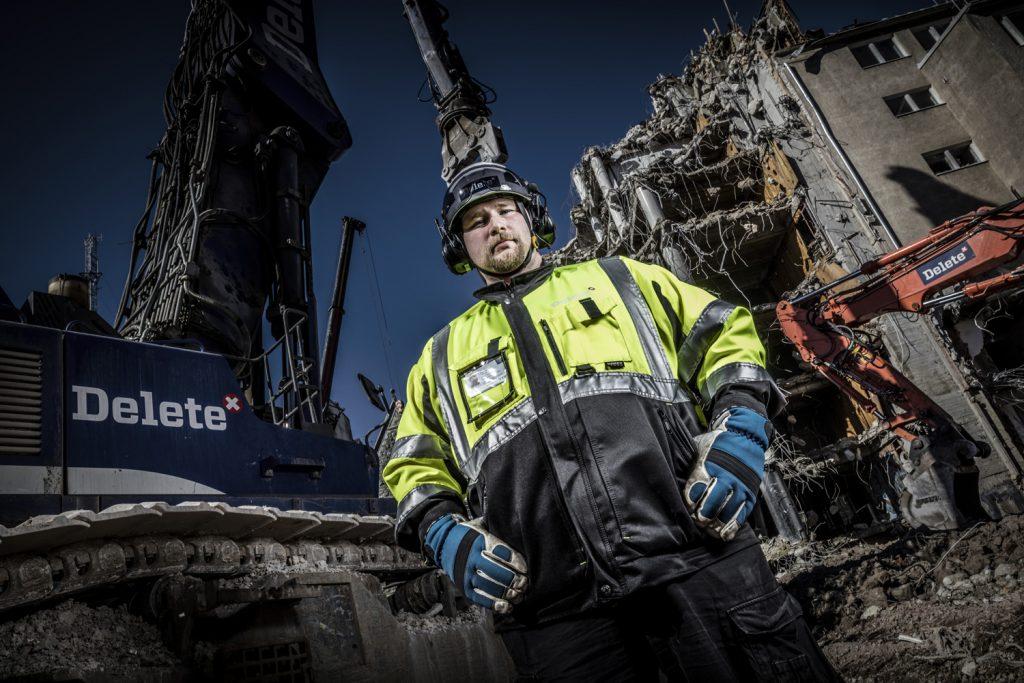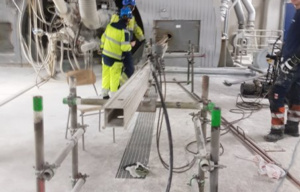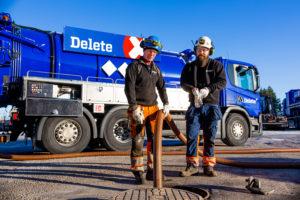At the moment, investigations and data-collecting usually begin and usually become timely only when the problem or need for repair has already come about. Key questions could be what information is needed more of, and how can existing information be managed and used more efficiently.
The information seems to be available, but nobody knows how to use it effectively yet. More information may also be needed in order to improve predictability. For instance, how could we reach a situation where the condition of the piping in a housing cooperative could be monitored continually and predicted, and how the collected data could be used to avoid troublesome and expensive water damage? Collecting this sort of information and making good use of it would enable fact-based predictions of other renovation needs as well. And the longer the period for which data is available, and the greater the amount of it, the more precise the assumptions based on it can be.
As said, the data is there, but it is scattered and hard to get. To add to the data already collected, it would be necessary to use solutions based on existing technology to monitor, say, the condition of pipes, temperature differences in the property, moisture, and other conditions. This would bring improvements in predictability. With these in hand we would be fairly close to real-time monitoring, and would also avoid damage and over the longer term the creation of mold and other problems. So existing properties need to be made into smart buildings too; it goes without saying that this technology will be part of new buildings.
Tanja Vepsäläinen
Communications Manager, Delete Finland Ltd.









